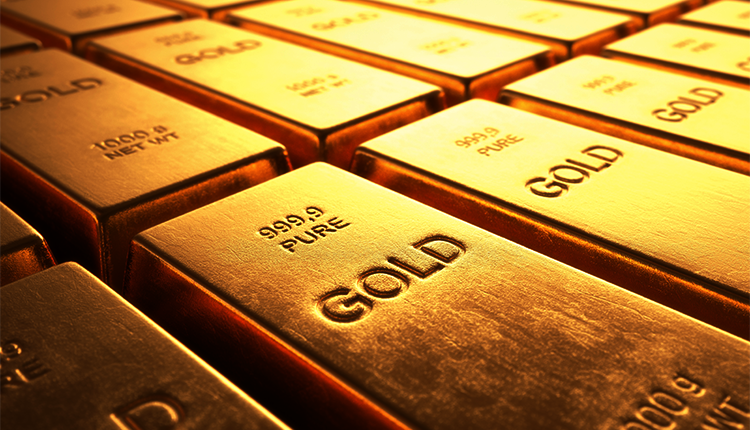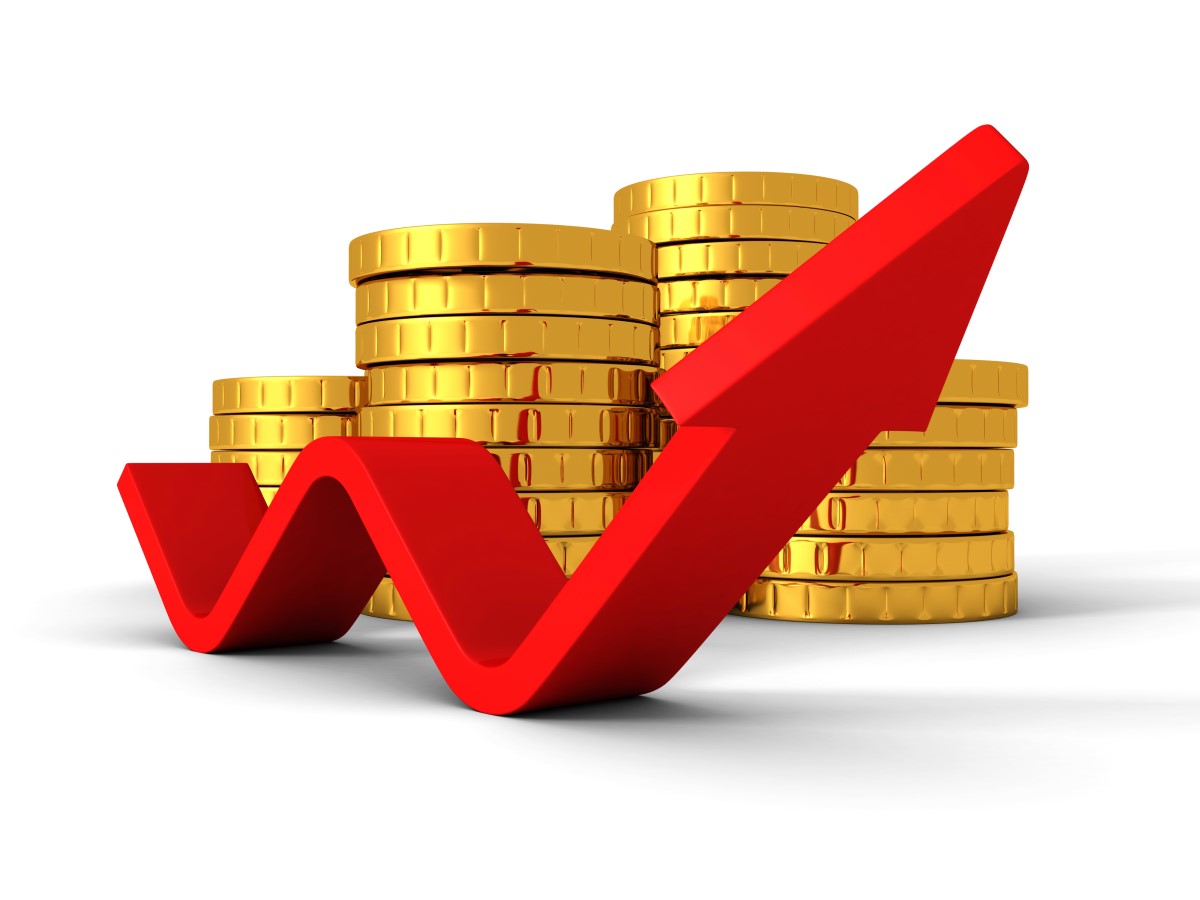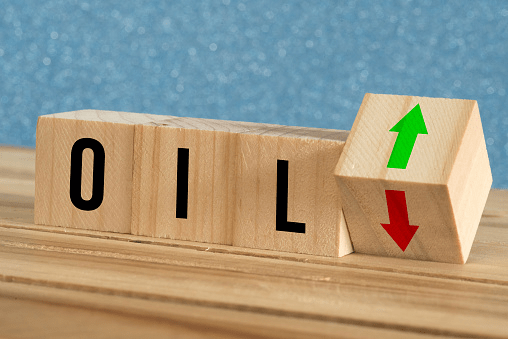Gold rose to its highest level in nearly eight years on Tuesday. It posted its most significant quarterly rise since March 2016. An increase in coronavirus cases fueled demand for safe assets.
Spot gold gained 0.5% and settled at $1,779.44 an ounce. Earlier in the session, it rose to $1,785.46, a high point after October 2012.
Gold futures in the United States increased by 1.1% to $1,800.50 an ounce.
The bullion, which gained more than 12% in the quarter, marked its third consecutive month of increases.
Jim Wyckoff, a senior analyst at Kitco Metals, stated that the gold market’s underlying bullish fundamentals remain. Those include Covid-19, which is still driving demand for refuge, and stimuli from central banks, which have been setting records. The incentives of central banks could cause inflation in the future.
Some US states have reversed the reopening of their economies and closed businesses to combat a rise in cases. At the same time, infections in countries like India and Brazil continue to grow.
US Federal Reserve Chairman, Jerome Powell, said on Monday that the outlook for the world’s largest economy was extraordinarily uncertain, adding further doubt for a recovery.
The fall in demand and the increase in investment, keys to the gold market in 2020
The increased investor interest in gold, given current circumstances, will not be enough to offset the collapse of sectors such as jewelry, trade, and central banks. Despite this, gold’s price will average at $1,700 an ounce.
The British consulting firm, Metals Focus, has estimated the essential figures in the gold industry this year.
According to this report, the demand for gold will weaken. The increase in gold investment is not going to be enough to offset the significant drop in gold consumption by jewelry, industry, and central bank sectors.
The average price of gold during 2020 will be $1,700 an ounce, below the current level, which is around $1,770 an ounce.
This average price is still 22% higher than the $1,393 an ounce, which was recorded last year.
One of the sectors most affected by the Covid-19 pandemic has been that of jewelry. Traditionally, this sector is the world’s largest consumer of gold and responsible for most of the consumption in countries that demand more metal, such as China and India.
The confinement has caused jewelry sales to collapse, which will reduce the total amount of gold consumed by this sector to 1,596 tons in 2020, compared to 2,137 last year.
Bullion and coin sales in Asian markets have also declined, especially in China and India. They are often the engines that push global gold consumption.
For their part, central banks have also lowered their level of purchases.
Much of the responsibility for this fall lies with the decisions of the central banks of China and Russia to abandon their purchasing policy.
The only sector that has benefited from the situation is investment, especially in Western countries. Bullion and coin sales are set to rise from 850 tonnes to 925 by the end of 2020 (almost 9%). Meanwhile, gold accumulated by ETFs on behalf of investors will go from 404 to more than 900 tons.
Regarding metal supply, according to Metals Focus, they consider that the fall in production will be very slight, at just 1%.
The production estimated for 2020 will be 4,762 tons, which includes mining and recycling.
















